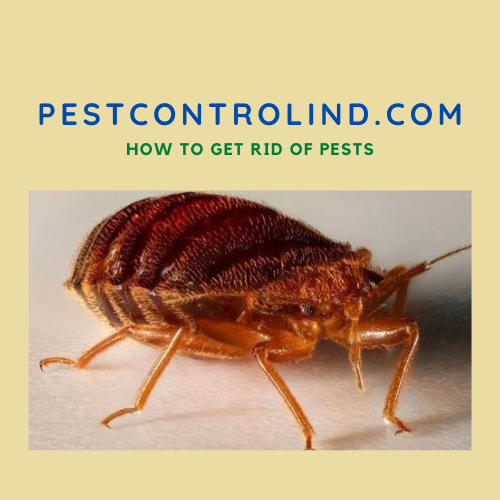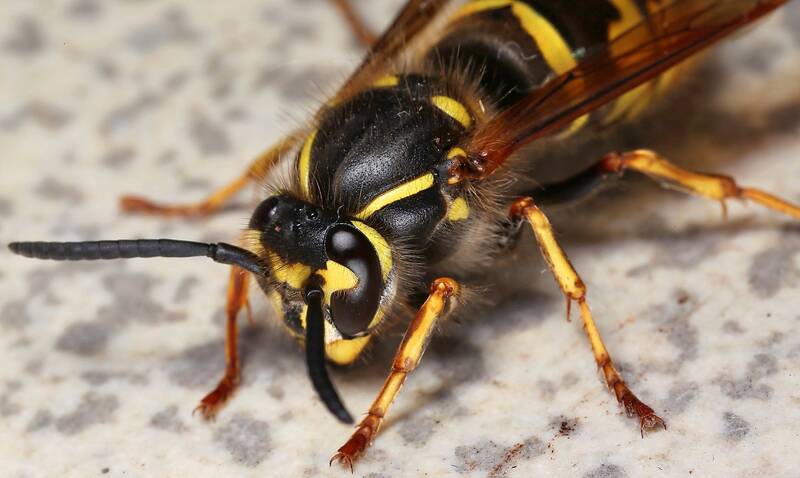Do birds eat wasps? What birds eat wasps? How do birds eat wasps without getting stung? Let’s see together the answers!
I. Do wasps have any natural predators?
Although wasps are natural predators of many unwanted pests, such as mosquitoes, they can also be prey for other animals and insects.
There are a wide variety of pesticides that can be purchased to kill wasp colonies, but they can be harmful to other insects, plants, and humans.
Within the structure of nature’s ecosystems is a hierarchy of creatures that feed on other animals to maintain a stable environment.
Just as wasps feed on other creatures, there are creatures that feed on wasps.
There are many predators that eat them, including frogs, toads, newts, and other amphibians, as well as bats and badgers.
And if they happen to fall into the water, the fish will have no mercy on them. But the most dreaded are the birds, which we will try to list in this article.
II. Do birds eat wasps?
Yes. Many insectivorous birds are able to capture and consume wasps without harming themselves.
They can eat adults, but their favorite food is wasp larvae and pupae that are still in the nest.
Some birds have their own technique for dealing with wasps.
But it is important to know that birds alone cannot eliminate a large wasp infestation.
In fact, no matter how many birds there are, they can only help to regulate the wasp population in your garden.
So by attracting wasp predator birds, you can eliminate a lot of their nuisance by regulating the numbers.
III. What birds eat wasps?
All birds are capable of hunting wasps and eating their larvae. But there are a few that really love them.
We’ll look at some of them with a little description for each:
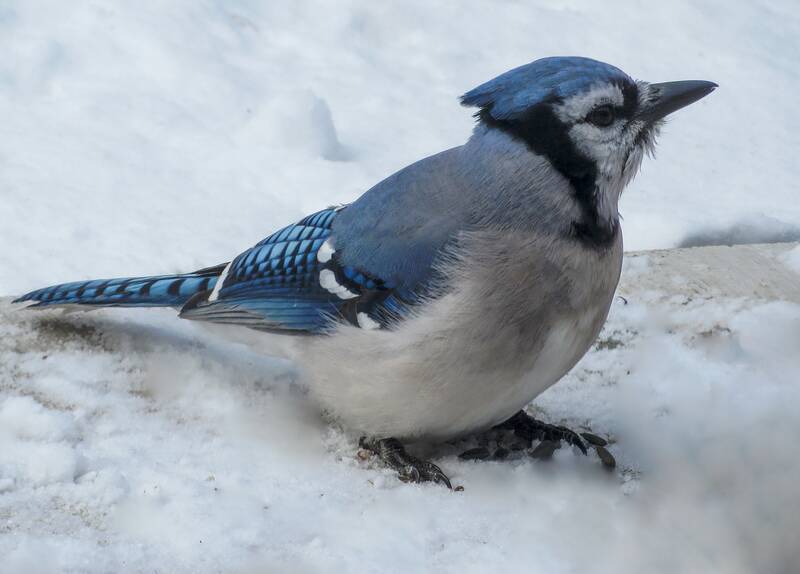
1. Blue Jay
The blue jay is an intelligent bird with great adaptability that lives in the forest. They are a regular sight in North American forests.
The color combination in its body includes colors such as black, blue, light blue, and white.
It is a songbird that also makes a very loud alarm or calling sound, very similar to that of gulls.
They mainly eat acorns, nuts, and seeds, but they also eat tiny creatures such as caterpillars, grasshoppers, beetles, and wasps.
2. Common Blackbirds
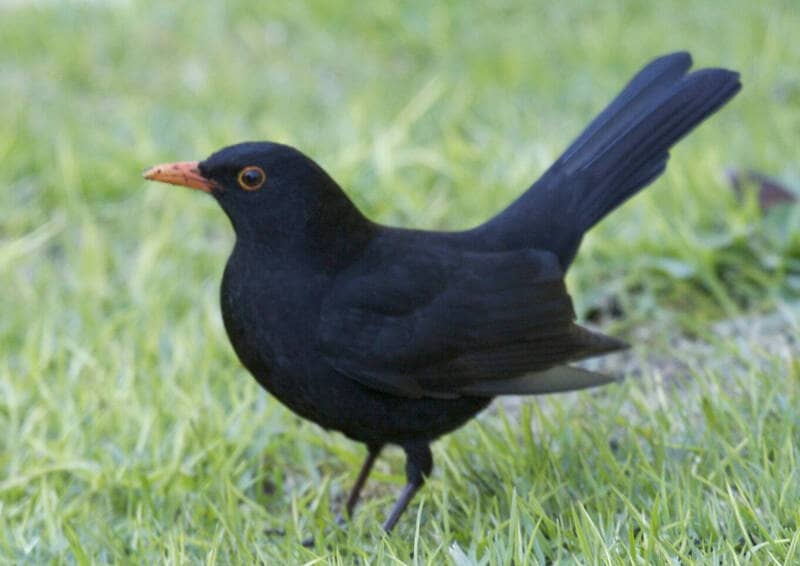
The blackbird is a species of passerine bird in the family Turdidae with marked sexual dimorphism.
The male is black, with an orange bill and eye ring, while the female’s plumage is dark brown, with a yellowish or brownish bill.
They have an agile and direct flight, often at low altitudes, among the brush and tangled vegetation.
On the ground they hop, and when they stop they strike a very upright pose.
The birds’ sexual activity is governed by the length of the days.
Its nest is cup-shaped, lined inside with a layer of soil and outside with one of the stems.
3. Warblers
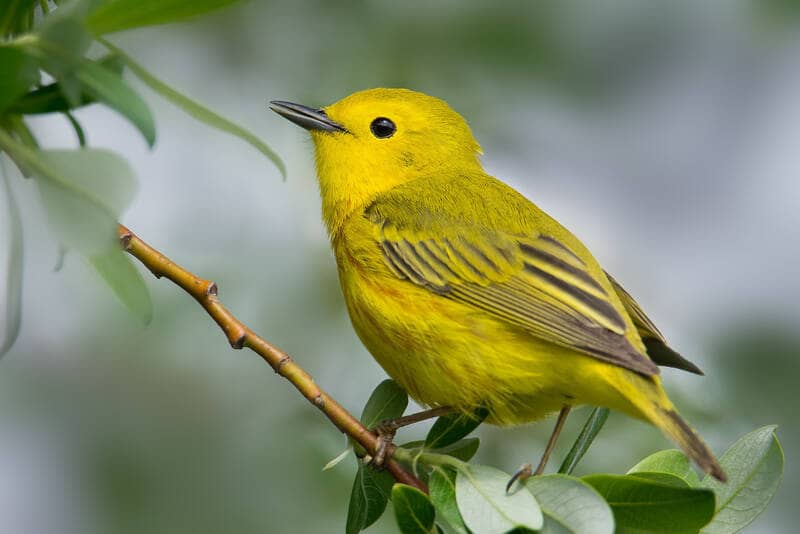
Warblers are medium-sized and relatively stout, very easy to identify by their distinctive hoods, black in males and brown in juveniles and females.
And warblers are birds that like forest environments and even those with difficult access.
They feed on insects and larvae like those of wasps, and they are able to live in the same area but share food resources to avoid conflicts and competition.
These birds have a rather opaque and inconspicuous plumage, they emit prolonged sounds and their song is usually quite melodious.
4. Gray Catbirds
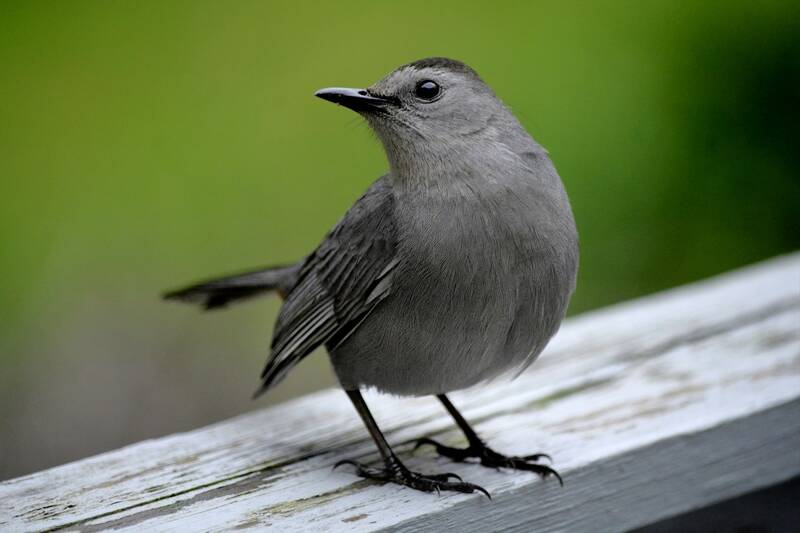
The Gray Catbird (Dumetella carolinensis) is a species of bird in the family of Mimidae native to North America and the Caribbean.
The Gray Cat Mockingbird often hides in bushes, producing a strange variety of musical and harsh sounds, including a cat-like meow that is responsible for its name.
Most of these birds winter in the southern U.S. or in the tropics, but a few stay in the north if they have access to reliable sources of berries or well-stocked bird feeders.
In all seasons, it prefers low, dense vegetation. It is most common in thick thickets along forests and stream banks, in shrubby bogs, in brush-covered fields, and in garden hedges.
It eats mainly insects like wasps and berries.
Especially in early summer, it feeds on various types of beetles, ants, caterpillars, grasshoppers, crickets, bedbugs, and other insects, as well as spiders and millipedes.
At the beginning of the breeding season, the male sings constantly in the morning, at sunset, and sometimes at night.
5. Chickadees
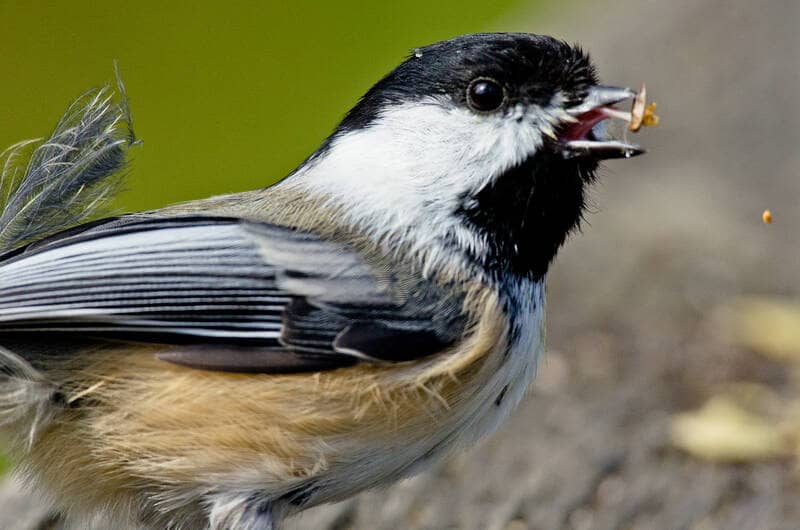
The Chickadee belongs to the family Paridae, which is distributed throughout Europe, Asia, Africa and North America.
The species that make up the Paridae are characterized by their lively and intelligent character, being seen even in parks and urban areas.
A very active bird and always looking for food. The yellow color of its body makes it easily recognizable by its contrast with the plumage of its wings and tail.
Due to its physical morphology, the great tit tends to burrow into dry bushes in search of grubs or insects for food.
6. Northern Mockingbird
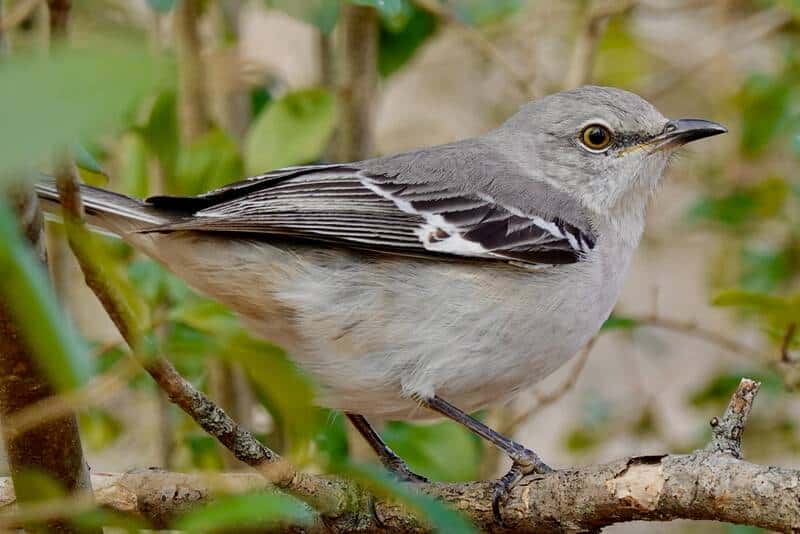
The Northern Mockingbird (Mimus polyglottos) is a species of bird in the family of Mimidae native to North America, Central America, and the Caribbean.
Adults are gray on the upper body, with pale yellow eyes and a slightly curved black bill.
They eat mainly insects and berries.
7. Chipping sparrows
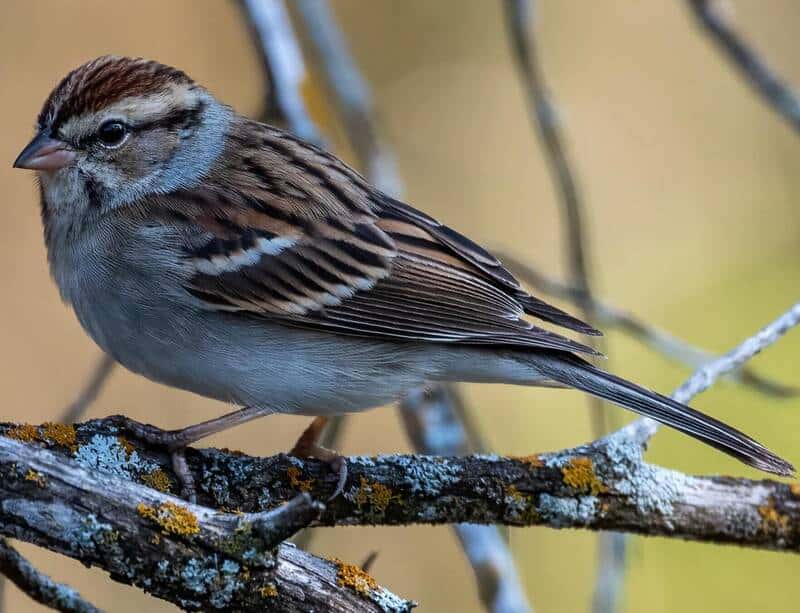
Chipping sparrows are among the most commonly seen and heard North American songbirds. They get their name from the high-pitched sound they make when calling their pack mates.
During the summer months, this sparrow is heavily colored, with an icy gray underside, white throat and eyebrows, and a black line across the eye of the bill on the back of the head. Its back is brown with black streaks and the top of its head is a bright rusty brown.
In addition to seeds and a wide variety of grasses and herbs, house sparrows eat insects in summer.
8. Starlings
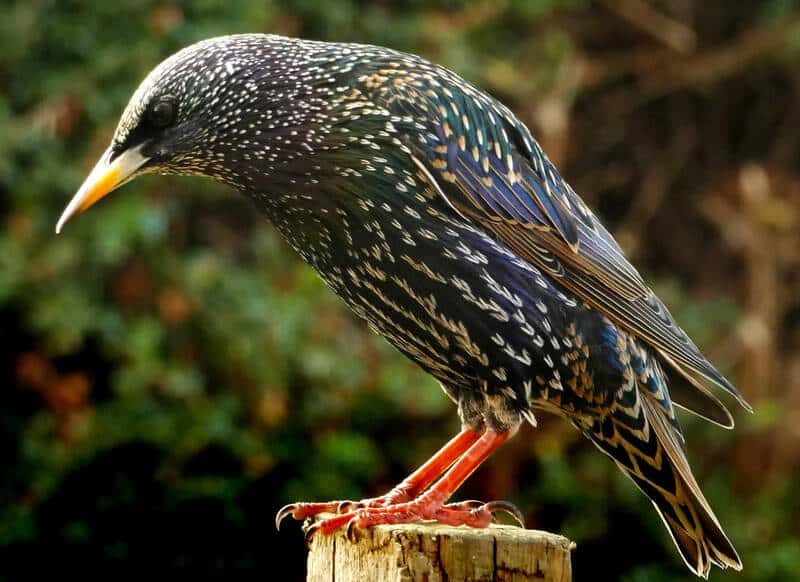
The European or European starling, which is sometimes considered a nuisance, should be respected for its adaptability, combative attitude, and apparent intelligence.
It was introduced to North America in 1890 and has since grown to cover most of the continent, becoming prolific in many places.
It feeds mainly on fruit above trees and catches flying insects in the air.
The young chicks are fed by both parents. Around 21 days after hatching, these chicks leave the family nest. Each year, starlings have two broods.
9. Wrens
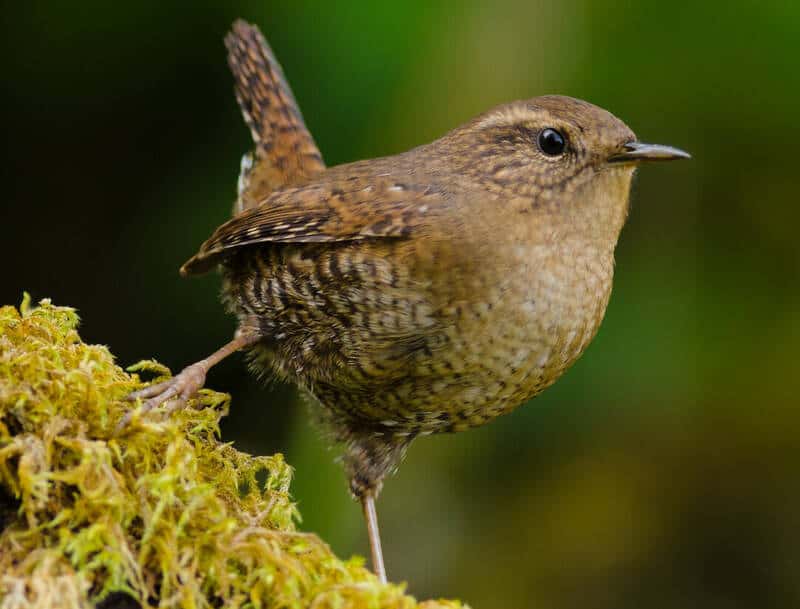
Wrens are among the smallest of all passerines, ranging in size from 8 to 11 cm and weighing 6 to 8 g.
The plumage is overall gray-green, offset by pale wing bars, and the tail tip is incised.
There are two species of different genera in North America with widely overlapping distributions.
Kinglets are insectivores, preferentially feeding on prey such as wasp aphids and springtails.
10. Nighthawks
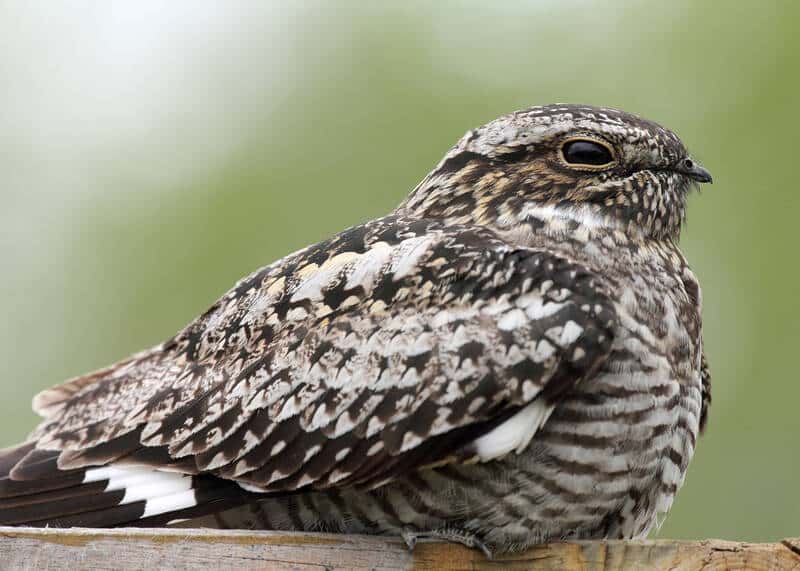
The American Nighthawk (Chordeiles minor) is a medium-sized nocturnal bird of the nightjar family.
This bird is difficult to see with the naked eye during the day because of its dark coloration (gray, black, and brown).
This flying insectivore is distinguished by its short bill, which belies the size of its mouth.
Some people associate it with the owl, with which it has many similarities.
Males of this species may roost together, although the bird is primarily solitary.
The American nightjar has long, thin wings that extend beyond a notched tail at rest.
Bars can be seen on the flanks and abdomen, as well as white spots on the wings.
The Common Nighthawk is 20-25 cm long and can reach 60 cm in width with wings spread. It weighs about 60 g and can go up to 100 g in some individuals.
It has a lifespan of 4 to 5 years.
11. Magpies
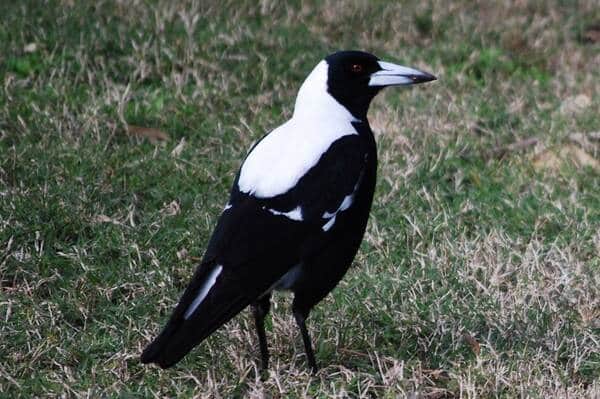
Magpies are a type of bird that normally live in pairs. Some specimens, however, change mates from time to time.
The diet changes with the seasons, but it is generally composed of 30% plant food and 70% animal food (mainly insects like wasps).
Its length varies from 40 to 51 centimeters, the tail representing approximately half of it. It has a wingspan of 50 to 62 centimeters and weighs about 200 grams on average.
Their average life expectancy is 15 years.
12. Orioles
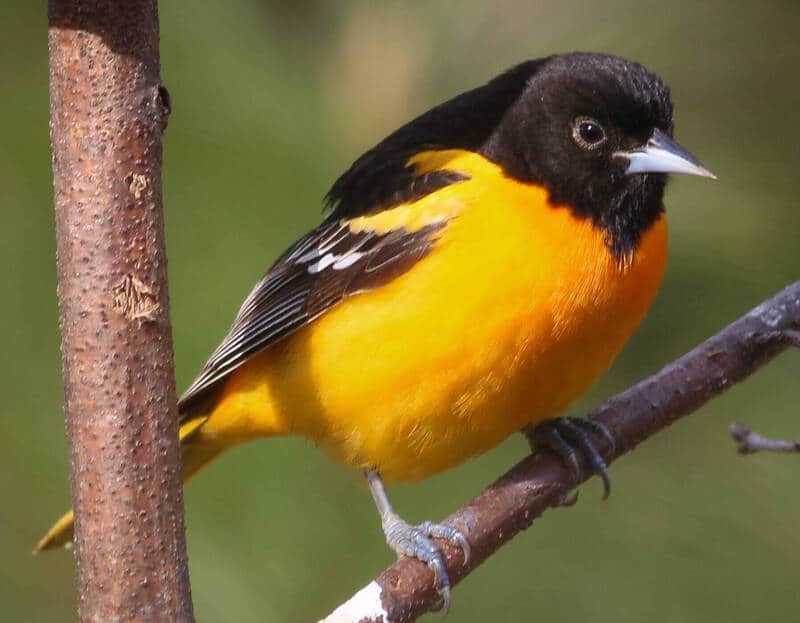
Orioles have a bright yellow hue but are difficult to spot.
Their plumage is a mixture of colors: around their eyes, they have a black coloration that makes their eyes appear larger in the distance.
Its wings and tail are also black, with small differences between females. Its defect is often dark pink.
They are medium-sized, measuring between 22 and 25 centimeters long. Its weight varies between 60 g to 70 g. Its wingspan is between 35 cm and 45 cm.
13. Bluebirds
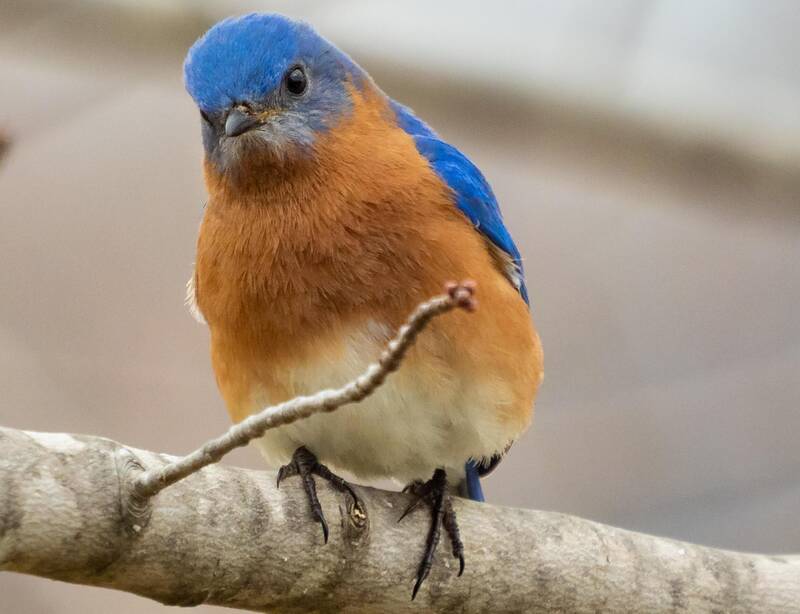
Bluebirds are a small family of songbirds in the family Turdidae. This group consists of three distinct species of bluebirds found in North and Central America, known as Eastern, Western and Mountain bluebirds.
Male and female appearances are nearly identical, with the female being paler. The winter plumage is duller. Juveniles have more spots and are paler.
IV. Do birds get stung by wasps?
Unlike bees, wasps can sting their predators more than once in defense.
They sometimes sting birds that are chasing them despite the latter’s great agility. But, with the feather coat that protects the birds, a wasp sting will not hurt them much.
And this rarely happens because of the size and speed of birds that sting wasps in mid-air.
V. How do birds eat wasps without getting stung?
As we have just seen, birds can also be stung by wasps, especially when they directly attack the larvae in the nest.
So in order to feed well on the larvae, which are full of protein, these birds are willing to endure the stings of adult wasps defending their nest.
Some birds have found ways to kill and consume wasps without being stung at all.
They usually attack solitary wasps in mid-air. It is easier for them to target a solitary wasp that is not part of a large colony.
Also, birds have natural defenses against wasp stings, including dense feathers.
And some produce chemical hormones that act as a kind of sedative on wasps.
VI. How to attract birds that eat wasps?
It is simple to transform a small garden into a place of welcome for birds to simplify their life in a natural environment and, incidentally, to use their presence to fight against the pests of our plants and mainly wasps which can be sometimes dangerous in case of infestation.
Offering food to birds is one of the most effective methods to attract them to your garden. Installing one or more feeders would be an excellent idea.
Many birds will be attracted to pieces of apple or pear, even if they are extremely ripe, strung on a wire, and hung from a branch.
It is fairly common to find seed mixes for feeding birds, but the quality must be controlled.
Suet cakes are a very healthy and attractive food source for birds, especially in the fall and winter.
Birds are thirsty too. And if you provide them with a regular supply of water, they will return to your garden whenever they need a drink.
You can also provide them with a bathroom. It doesn’t have to be very complicated. A flat plate and a finger of water will do the trick. To avoid infection, the water should be changed daily and the container cleaned.
And finally, to encourage birds in your garden, you can make aviaries and nesting boxes so that they can easily find a good home to care for their young.
VII. Do wasp’s nests bother birds?
Surely it will disturb them if the wasp’s nest is right next to the bird’s nest. They can even be dangerous to little chicks.
But on the other hand, the birds won’t make a long journey to feed themselves at a low cost.
VIII. Other Questions
# do birds eat dead wasps
The answer is yes. Some birds will eat wasps, even dead ones. Of course, they prefer to kill them themselves because the wasps still have enough protein in their fresh bodies.
# do cardinals eat wasps
Yes, the cardinal can eat wasps even if we know that he is not a great predator.
# do crows eat wasps
Yes, crows eat wasps and all other insects.
